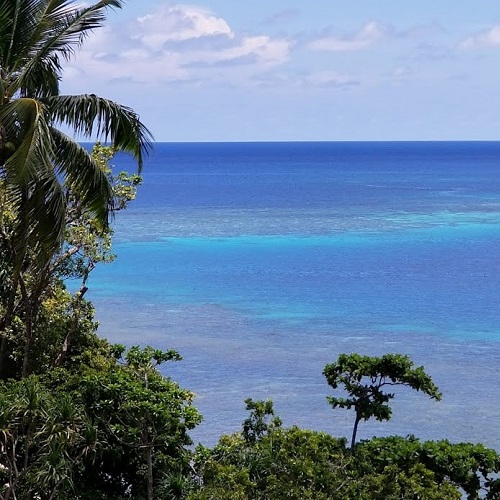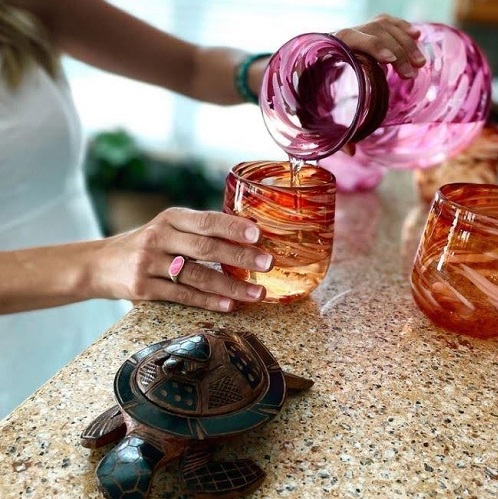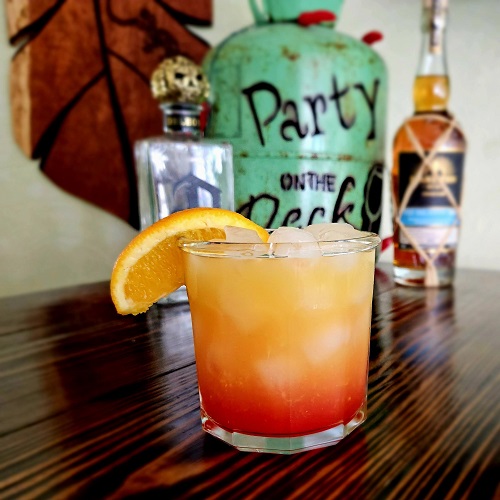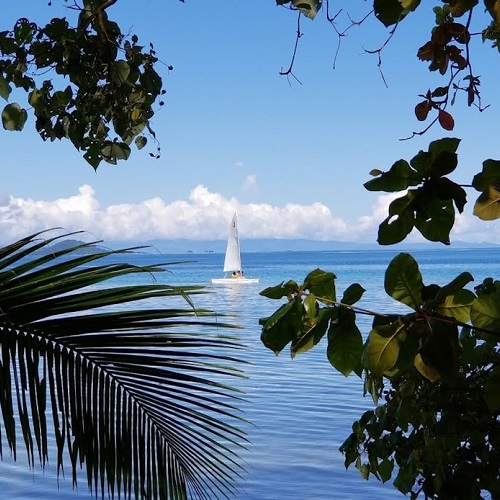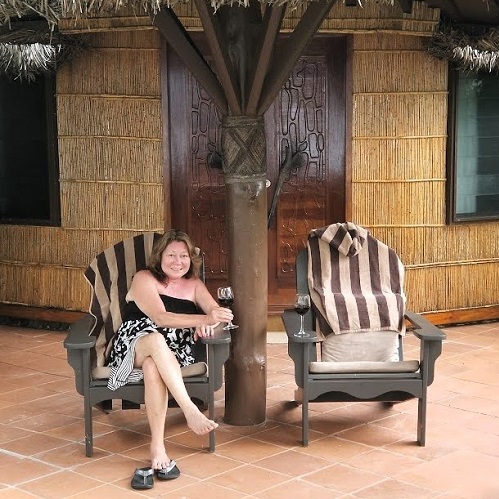
Kava Bowls Beautiful Artisan Crafted Treasures

Tropical vs Coastal: Accents Will Determine Where You Land
Cannibal Forks! Surprisingly Cool And Totally Unique
Obviously cannibal forks are really not something you would think of when trying to create a new

We love them because they are surprisingly useful as you can mix and match them in with other wood carvings and with so many other elements used in tropical designs.

Photo credits: Cerulean Bay
When we were traveling around Fiji and visiting many of the tourist shops, we looked at what visitors from around the world were buying. Local wood carvings are a huge deal there. Along with kava bowls, and warrior clubs, unusual items like cannibal forks are so popular that shop owners often told us that they easily run out of stock. We found these forks to be so cool because they show so well on their own or as an integral part of a

Photo credits: Cerulean Bay
Discover Tropical Home Décor Treasures
Bring island vibes into your home with exclusive artisan-made goods.
What’s Up With The Cannibal Thing?
Without diving into a full-on history of the South Pacific (it really is a fascinating topic but it’s one we cannot cover here), cannibalism was practiced in certain prehistoric South Pacific cultures. It did linger on into the 19th century in a few isolated island groups, most notably in the Fiji islands.

Photo credit: Getty Images
So yes, Fiji has a cannibal past! During warrior ceremonies, the chiefs and tribal leaders participated in feasting on captured enemies. Cannibal forks, or “iculanibokola”, were used by tribal attendants to feed chiefs and tribal leaders during these ritual feasts as the chiefs and leaders were considered to be too holy to touch food. It was actually a cultural taboo for holy individuals to touch food with their own hands. Due to the significance of these rituals, these forks were also a way to show influence and power. The more decorated and elaborate, the higher status the owner of the fork had. This is a replica of a very simple cannibal fork.

Cannibal Forks Are True Craftsmanship!
Each tribe across the Fijian islands had their own tribal designs for carved wood. These designs were used on various weapons including warrior clubs and on ceremonial items including dishes and kava bowls. This was the case for many South Pacific nations including the early tribes in Samoa, Tonga and other island groups. Several of these designs have been carried down through generations and are featured prominently in various types of artwork. That is what makes the artwork between these island nations so incredibly different from one to the next!
Regarding Fijian cannibal forks, many different designs are available now and they really work in creating unique


The differences in detailing can be very subtle as is seen in these two photos above. Other forks are very different in design. some are more intricately carved.

This design has a floating wooden ball in the handle.

This one features a replica of a “bure” or Fijian thatched-roof house.


Photo credits: Cerulean Bay Store
And this one is one of our favorites, we love the tiki mask!
So as you can see, cannibal forks really are a different art form. Since they come in such a variety of designs, why not create you own unique collection? Most are available in two different sizes. We do carry several of them and the availability of each varies. If you do see one that you think would work in your

Photo credit: Cerulean Bay
We hope you enjoyed this introduction to Fijian cannibal forks. Let your imagination run wild about what your





